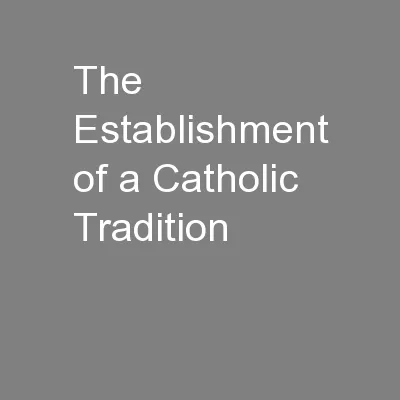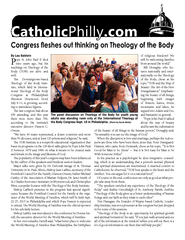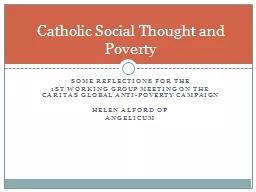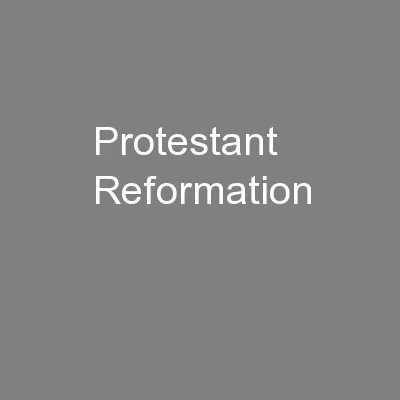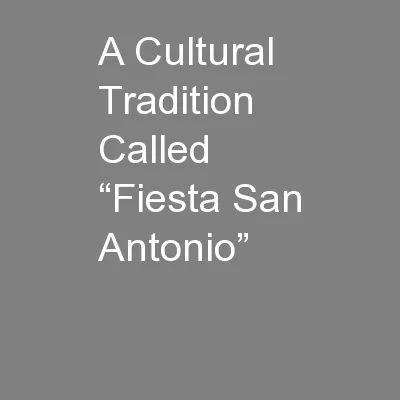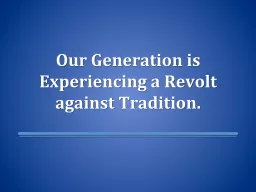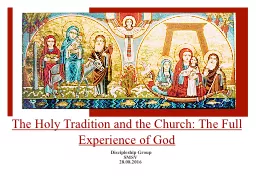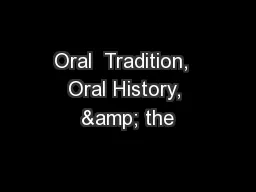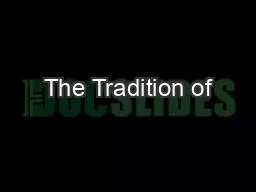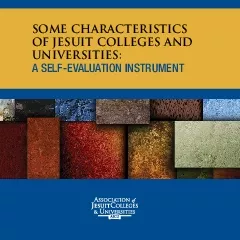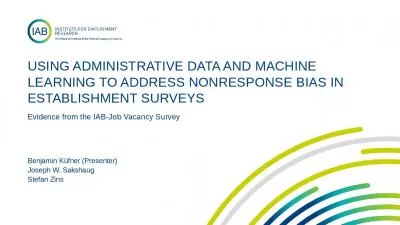PPT-The Establishment of a Catholic Tradition
Author : trish-goza | Published Date : 2016-05-16
from ca 800 Liturgy Content and form of Christian worship The liturgical year some major festivals Fixed date Christmas preceded by Advent four Sundays Christmastide
Presentation Embed Code
Download Presentation
Download Presentation The PPT/PDF document "The Establishment of a Catholic Traditio..." is the property of its rightful owner. Permission is granted to download and print the materials on this website for personal, non-commercial use only, and to display it on your personal computer provided you do not modify the materials and that you retain all copyright notices contained in the materials. By downloading content from our website, you accept the terms of this agreement.
The Establishment of a Catholic Tradition: Transcript
Download Rules Of Document
"The Establishment of a Catholic Tradition"The content belongs to its owner. You may download and print it for personal use, without modification, and keep all copyright notices. By downloading, you agree to these terms.
Related Documents

